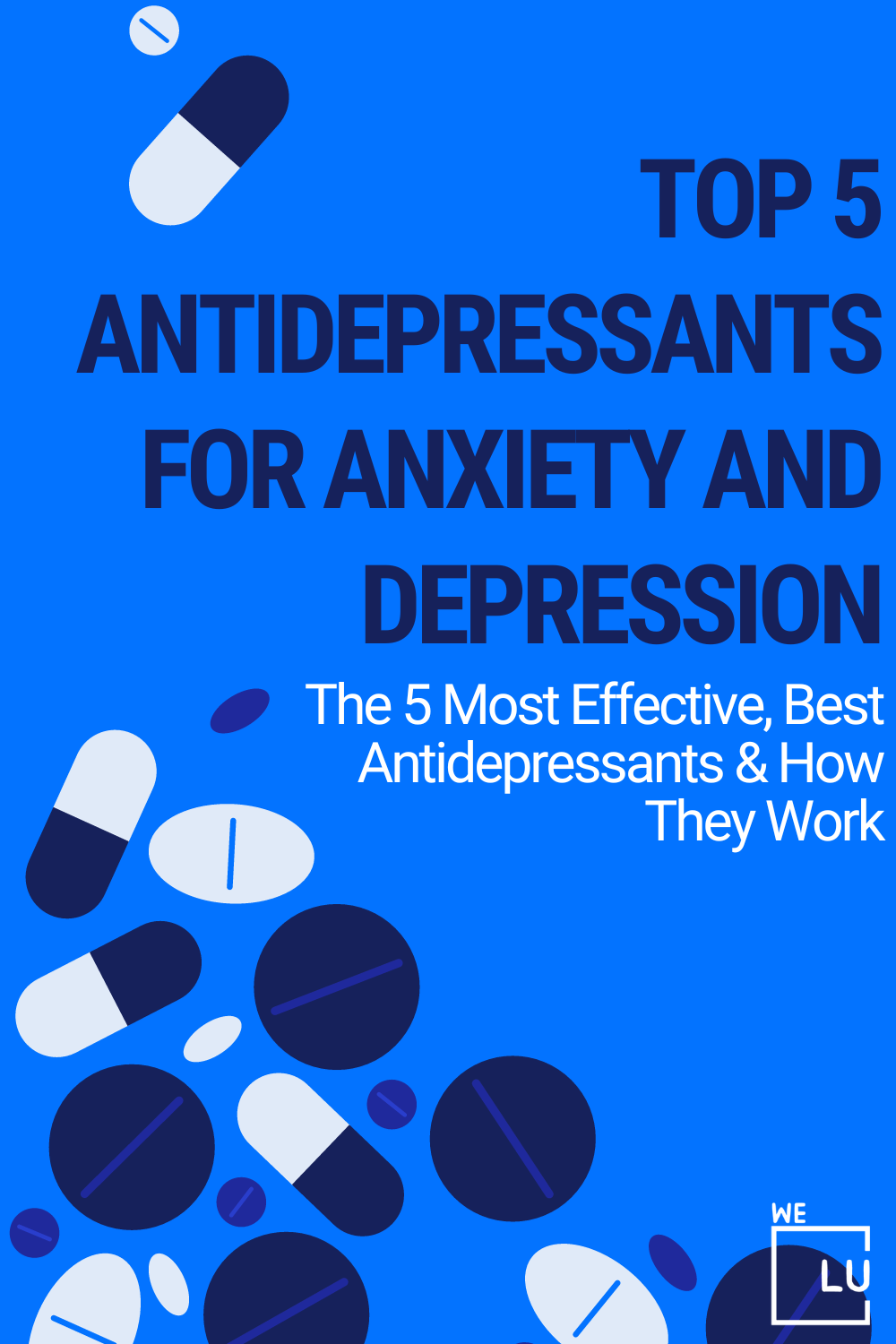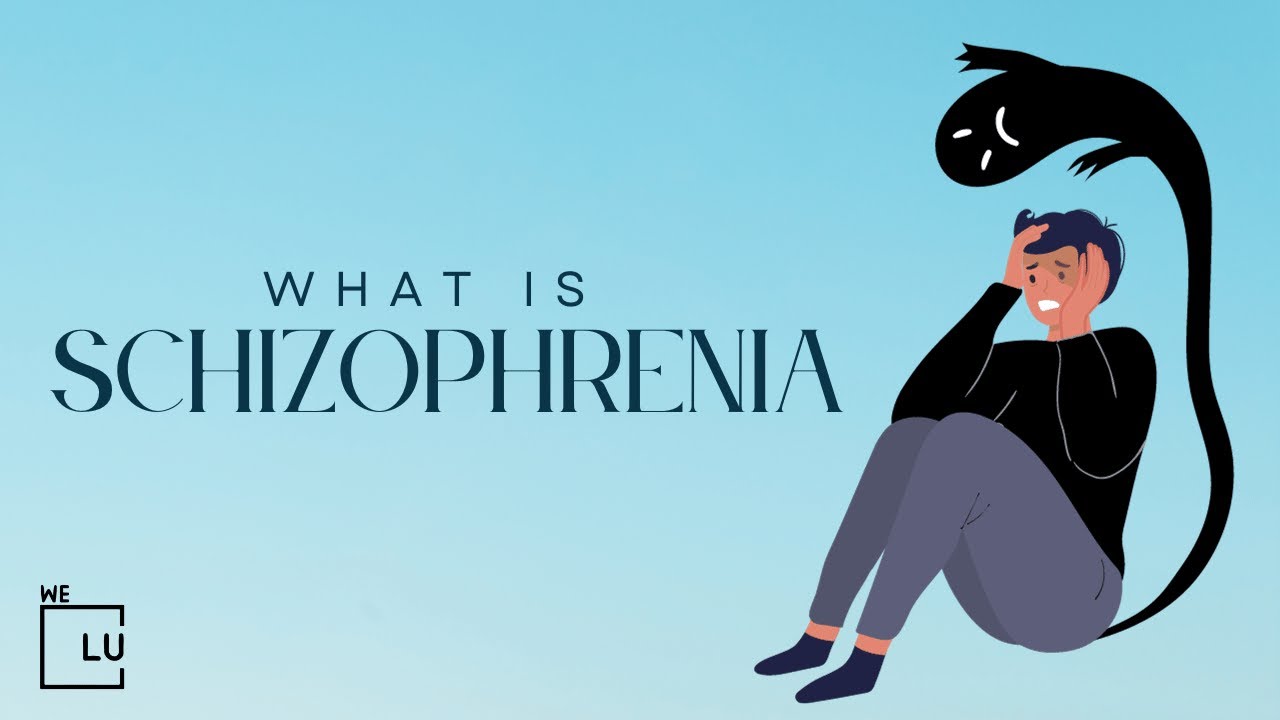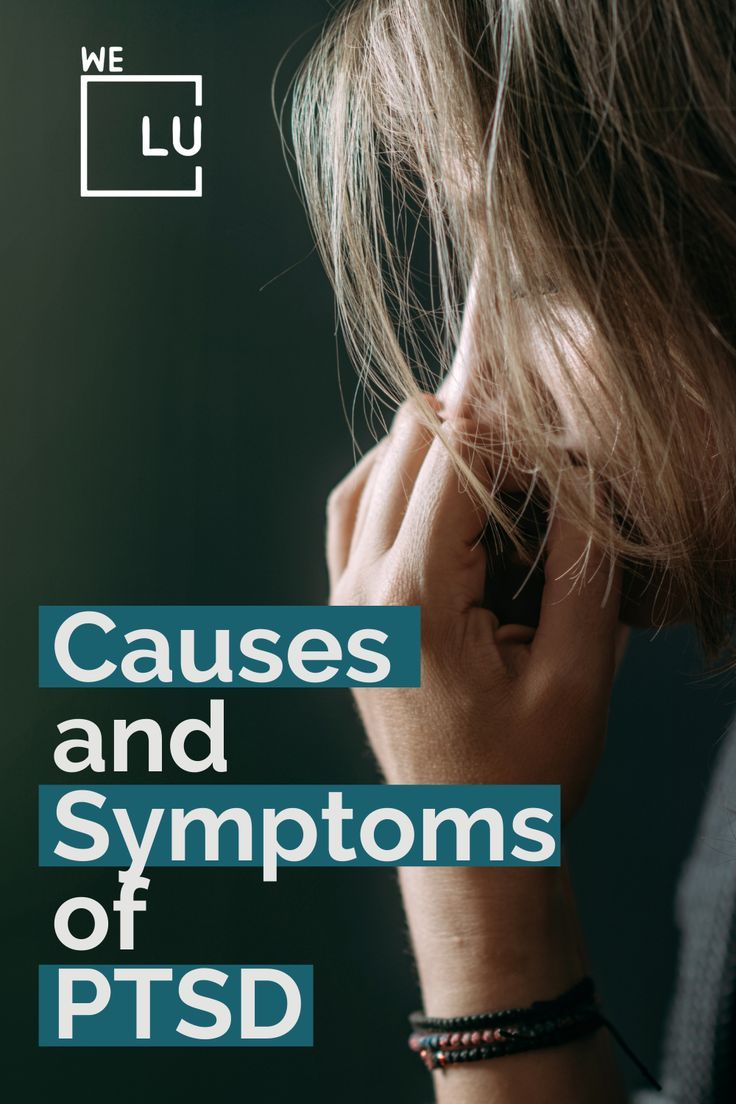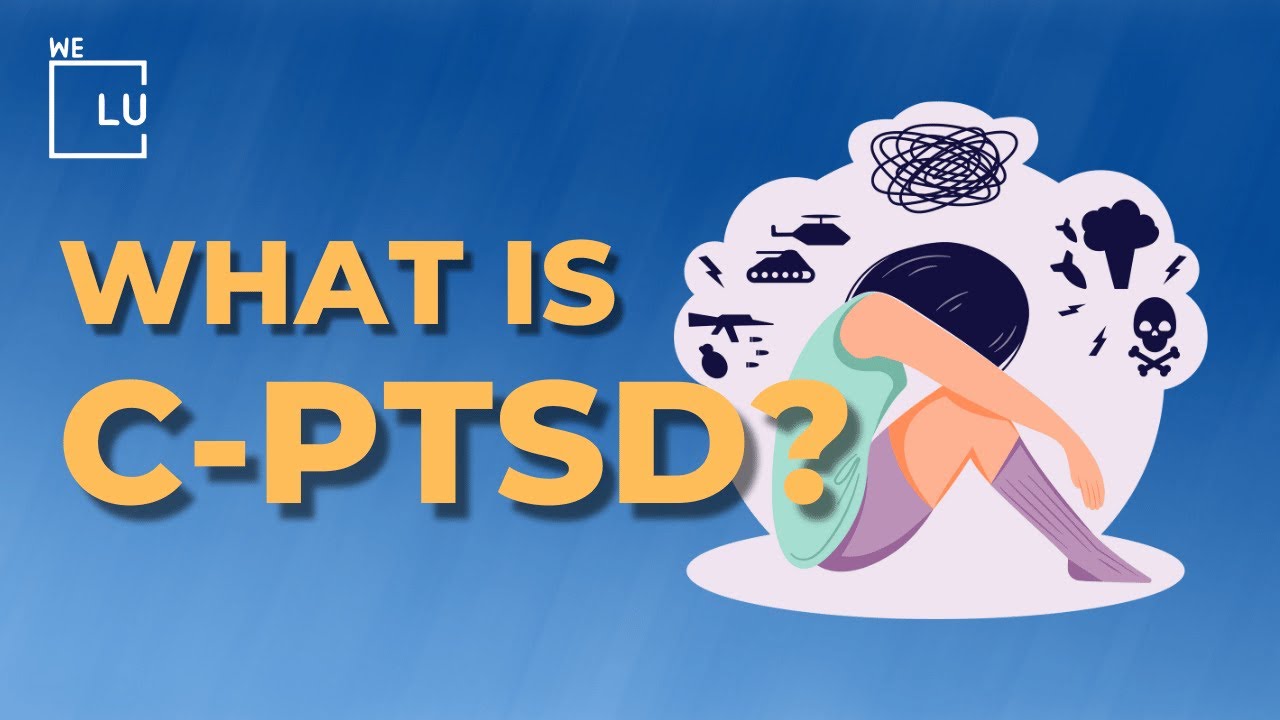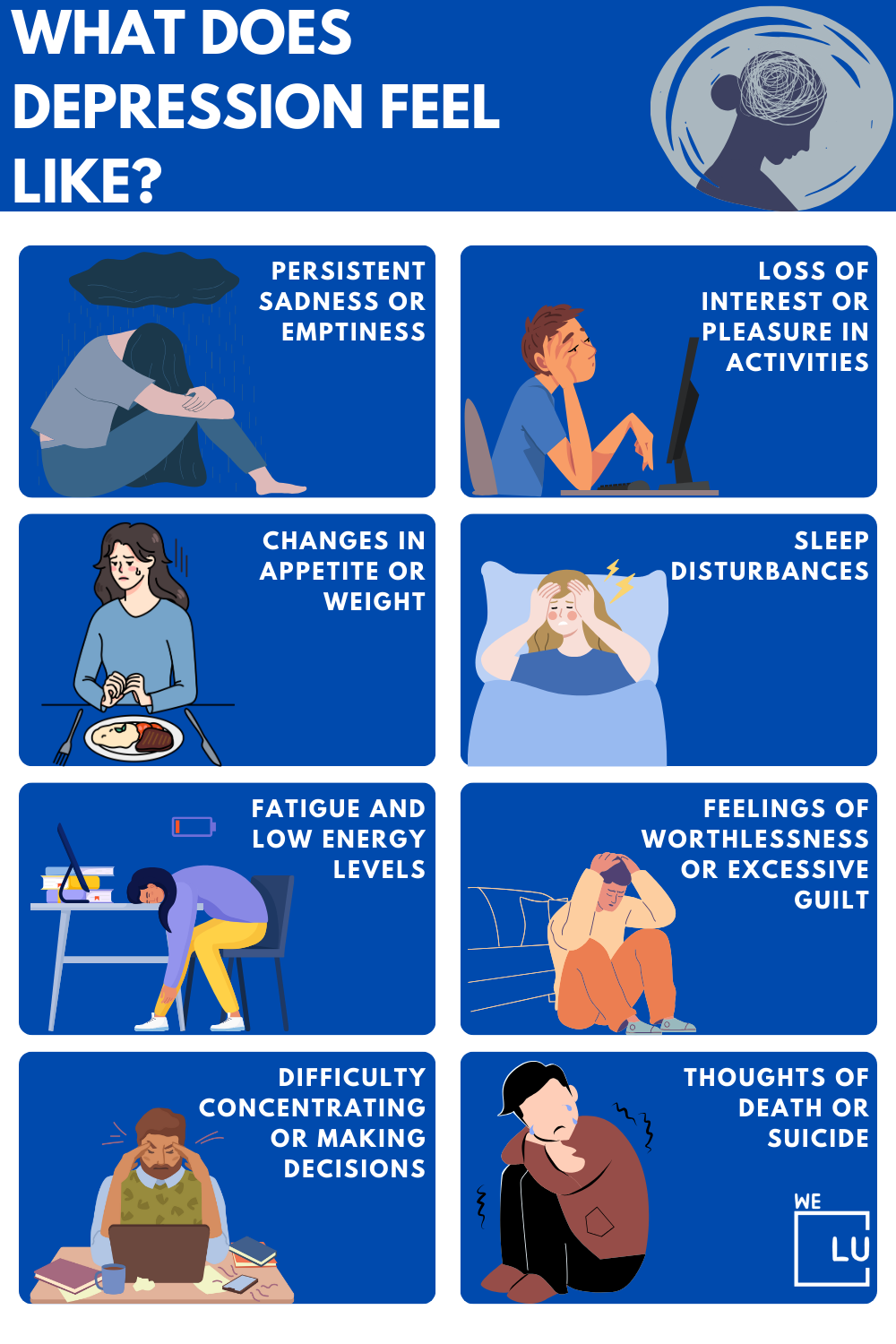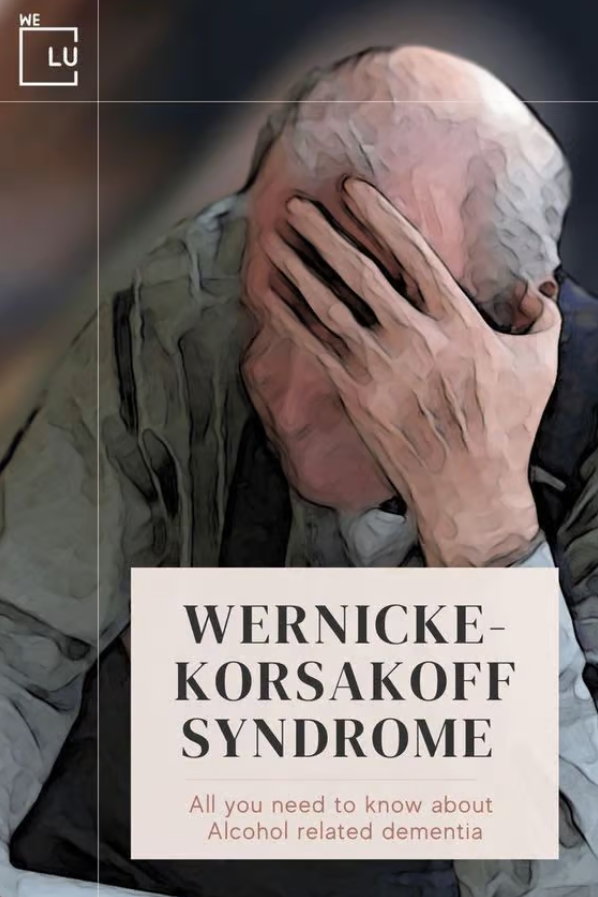What is Vicarious Trauma?
Vicarious trauma, also known as secondary traumatic stress, compassion fatigue, or empathic strain, is a complex psychological phenomenon that arises from indirect exposure to others’ traumatic experiences. It occurs when individuals repeatedly encounter or engage with trauma survivors’ stories, images, or accounts, leading to psychological and emotional distress. While not directly experiencing the trauma, individuals can develop symptoms and reactions similar to those who have undergone primary trauma.
Vicarious trauma differs from primary trauma in that it involves empathetic engagement with the experiences of others. It can occur in various contexts, including professions where individuals regularly interact with trauma survivors, such as healthcare providers, therapists, social workers, emergency responders, and journalists. However, VT can affect anyone exposed periodically to traumatic content or who has close relationships with trauma survivors.
What Causes Vicarious Trauma?
There are many causes of vicarious trauma. Exposure to graphic or distressing content, hearing detailed narratives of traumatic events, witnessing the suffering and pain of others, or providing empathic support to trauma survivors can all contribute to the development of VT. The cumulative effect of repeatedly encountering these traumatic stories or images can overwhelm an individual’s psychological and emotional resilience, gradually eroding their well-being.
By recognizing the existence of vicarious trauma, understanding its causes, identifying its symptoms, and implementing effective coping strategies, individuals can navigate the challenges and risks associated with secondary traumatic stress, promoting their well-being and sustaining their capacity to provide compassionate support to those in need.
Vicarious Trauma Symptoms
Symptoms of vicarious trauma can manifest in various ways, affecting an individual’s mental, emotional, and physical well-being. It is important to note that these symptoms may vary in intensity and duration, and not all individuals will experience the same symptoms. Here are some common symptoms associated with vicarious trauma:
- Intrusive Thoughts and Images: Individuals may experience recurring and distressing thoughts or mental images related to the traumatic events they have been exposed to indirectly. These thoughts can intrude upon their daily lives and cause significant distress.
- Emotional Reactivity: VT can lead to heightened emotional sensitivity and reactivity. Individuals may find themselves experiencing intense emotions such as sadness, anger, fear, or anxiety in response to triggers or trauma reminders.
- Empathy Fatigue: Constant exposure to others’ traumatic experiences can deplete an individual’s empathetic reserves, leading to emotional exhaustion and reduced capacity to feel compassion or empathy.
- Increased Arousal and Hypervigilance: VT can heighten an individual’s physiological and psychological arousal levels. They may become hypervigilant, constantly scanning their environment for potential threats or triggers and feeling on edge or easily startled.
- Avoidance Behaviors: Individuals may engage in avoidance behaviors to protect themselves from further exposure to trauma. This can include avoiding discussions, situations, or media content that may trigger distressing memories or emotions related to VT.
- Emotional Numbing: Some individuals may experience a sense of emotional detachment or numbing to cope with the overwhelming emotions associated with VT. They may find it challenging to connect with their own feelings or the emotions of others.
- Sleep Disturbances: VT can disrupt an individual’s sleep patterns, leading to difficulties falling asleep, staying asleep, or experiencing restful sleep. This can contribute to feelings of fatigue and decreased overall well-being.
- Physical Symptoms: VT can manifest in physical symptoms, such as headaches, digestive issues, muscle tension, and general fatigue. These physical symptoms often reflect the psychological and emotional distress experienced.
- Changes in Worldview or Belief Systems: Exposure to trauma can challenge an individual’s beliefs, values, and worldview. They may question the fairness or goodness in the world, struggle with existential questions, or experience a loss of faith or trust in others.

Skip To:
Learn More:

End the Emotional Pain. Get Your Life Back.
Feeling Depressed, Anxious or Struggling with Mental Health Illness? Get Safe Comfortable Mental Health Dual Diagnosis High-Quality Therapy From Counselors That Care. Begin Your Recovery Now.
Hotline (855) 940-6125We Level Up Vicarious Trauma Mental Health Center Tips and Tricks
For those at risk of vicarious trauma, establish and maintain healthy boundaries in your work or caregiving role. Regular self-care practices, such as mindfulness, exercise, and seeking support from colleagues or supervisors, can help mitigate the impact of absorbing others’ trauma. Creating a balance between empathy and detachment, along with recognizing signs of emotional exhaustion, is essential. Prioritize regular breaks and time away from emotionally taxing situations, and consider professional supervision or counseling to process and manage vicarious trauma effectively.
Vicarious Trauma Fact Sheet
What Is Vicarious Trauma?
This condition is the emotional and psychological impact experienced by individuals exposed to the trauma of others, resulting in symptoms similar to those of direct trauma.
Vicarious Trauma Symptoms
This condition includes intrusive thoughts, emotional distress, empathy fatigue, physical symptoms, cognitive changes, changes in worldview, hypervigilance, avoidance behaviors, relationship strain, and decreased self-care.
Vicarious Trauma Treatments
- Self-Care and Stress Management: Engaging in self-care practices, such as exercise, relaxation techniques, maintaining a healthy lifestyle, and setting boundaries, can help reduce the impact of this condition.
- Psychoeducation: Learning about this condition and its effects can provide individuals with a better understanding of their experiences, normalize their symptoms, and empower them to seek appropriate support.
- Supportive Relationships: Building and nurturing supportive relationships with colleagues, friends, and family can provide emotional support and understanding.
Vicarious Trauma Statistics
This section delves into the often-overlooked realm of vicarious trauma and sheds light on its prevalence through compelling statistics. These numbers unveil the hidden toll that witnessing and supporting others through trauma can have on individuals. By understanding the scope of VT and its impact on various professions and caregivers, we can recognize the urgency of addressing this vital aspect of emotional well-being.
85%
Approximately 16% to 85% of professionals in the fields of healthcare, social work, and mental health experience symptoms of vicarious trauma during their careers.
Source: Journal of Traumatic Stress
71%
Among child welfare workers, an alarming 71% reported experiencing symptoms of vicarious trauma, such as emotional exhaustion and intrusive thoughts.
Source: National Child Traumatic Stress Network
75%
Up to 75% of lawyers working with trauma-exposed clients, such as survivors of domestic violence or child abuse, reported significant vicarious trauma symptoms.
Source: American Bar Association
Get Help. Get Better. Get Your Life Back.
Searching for Accredited Dual Diagnosis Mental Health Centers Near You?
Even if therapy failed previously, or are in the middle of a difficult crisis, we stand ready to support you. Our trusted behavioral health specialists will not give up on you. When you feel ready or just want someone to speak to about counseling alternatives to change your life call us. Even if we cannot assist you, we will lead you to wherever you can get support. There is no obligation. Call our hotline today.
FREE 24/7 Dual Diagnosis Mental Health Services Hotline
Vicarious Trauma Vs Secondary Trauma
Vicarious and secondary trauma are terms often used interchangeably but have slightly different meanings and implications. Here is a breakdown of the two concepts:
- Vicarious Trauma: VT refers to the psychological and emotional distress that arises from indirect exposure to others’ traumatic experiences. It occurs when individuals witness or engage with trauma survivors’ stories, images, or accounts. This exposure can be through various means, such as media, work contexts, or personal relationships. VT is characterized by the cumulative effect of repeated exposure, which can overwhelm an individual’s capacity for empathy and lead to significant psychological impact.
- Secondary Trauma: Secondary trauma, on the other hand, is specifically related to professionals who work closely with trauma survivors. It refers to the emotional and psychological impact experienced by individuals who provide direct support, care, or counseling to those who have experienced primary trauma. This can include therapists, social workers, healthcare providers, first responders, and other professionals who interact regularly with trauma survivors. Secondary trauma occurs as a result of absorbing and internalizing the traumatic experiences of others, often leading to symptoms similar to those experienced by the trauma survivor.
While both vicarious and secondary trauma involves indirect exposure to trauma, the key distinction lies in the affected individuals’ direction and roles. VT is a broader term encompassing the psychological impact experienced by anyone who indirectly witnesses or engages with trauma, regardless of their professional role. Secondary trauma, on the other hand, focuses explicitly on the impact experienced by professionals who provide direct care or support to trauma survivors.
Vicarious and secondary trauma can have similar symptoms and require similar coping strategies. Professionals working in fields exposed to trauma regularly need to be aware of the risks and implement appropriate self-care measures to prevent or address the effects of vicarious and secondary trauma. This may include seeking supervision, engaging in self-reflection, practicing self-care, and accessing professional support when needed.
Vicarious Trauma And Compassion Fatigue
Vicarious trauma and compassion fatigue are closely related concepts that often coexist or overlap. While they are distinct phenomena, they both stem from indirect exposure to others’ trauma and can affect individuals who provide care, support, or empathy to trauma survivors.
VT is the psychological and emotional distress that arises from witnessing or engaging with trauma survivors’ stories, images, or accounts. It involves the absorption of the traumatic experiences of others, leading to significant psychological impact.
Compassion fatigue, however, is the emotional and physical exhaustion due to prolonged exposure to others’ suffering and the strain of providing care or support. It is characterized by a depletion of one’s empathetic reserves, often accompanied by a diminished ability to feel compassion or empathy.
While VT focuses on the psychological impact of indirect trauma exposure, compassion fatigue emphasizes the physical and emotional exhaustion that can occur in individuals who consistently provide care or support to others in distress.
It is essential to recognize that professionals in high-stress fields, such as healthcare, social work, or emergency services, are particularly susceptible to experiencing both vicarious trauma and compassion fatigue. However, anyone who regularly provides support or empathy to trauma survivors can be at risk.
Addressing both VT and compassion fatigue requires self-awareness, self-care, and implementing effective coping strategies. Building resilience, setting boundaries, seeking support from peers or professionals, and engaging in self-care activities are essential for maintaining well-being and sustaining one’s capacity to provide compassionate support.
Vicarious Trauma Examples
Vicarious trauma can occur in various contexts and affect individuals in different ways. Here are some examples of situations where VT may manifest:
- Mental Health Professionals: Therapists, psychologists, and counselors who work with clients who have experienced trauma may be exposed to their clients’ traumatic stories and experiences. Continuously hearing and empathizing with these accounts can potentially lead to vicarious trauma symptoms.
- First Responders: Police officers, firefighters, and paramedics often encounter traumatic incidents and witness the aftermath of accidents, violence, or natural disasters. Witnessing the suffering and trauma experienced by others can have a profound impact on their mental and emotional well-being.
- Healthcare Providers: Medical professionals working in high-stress environments, such as emergency rooms or intensive care units, may frequently encounter patients with severe injuries or life-threatening conditions. Continual exposure to distressing medical situations can contribute to vicarious trauma.
- Journalists and Reporters: Journalists reporting on conflicts, disasters, or other traumatic events may repeatedly witness and report on the experiences of trauma survivors. The constant exposure to traumatic content and images can have a cumulative effect on their mental health.
- Social Workers: Social workers who provide support and assistance to individuals and families dealing with traumatic circumstances, such as abuse, neglect, or homelessness, can be susceptible to vicarious trauma. Engaging in empathetic and emotionally demanding work can impact their well-being.
- Humanitarian Aid Workers: Individuals working in humanitarian contexts, such as war zones or regions affected by natural disasters, often witness the suffering and trauma experienced by affected populations. The challenging and distressing environments can contribute to vicarious trauma.
- Support Group Facilitators: Facilitators who lead support groups for individuals who have experienced trauma may indirectly absorb the participants’ traumatic stories and emotions. Continual exposure to raw and emotional narratives can impact their well-being.
VT can affect individuals in various professions and roles and those in personal relationships with trauma survivors. The common thread among these examples is the indirect exposure to traumatic experiences, which can accumulate over time and significantly impact individuals.
First-class Facilities & Amenities
World-class High-Quality Mental Health Services & Behavioral Health Substance Abuse Treatment
Rehab Centers TourRenowned Mental Health Centers. Serene Private Facilities. Inpatient Rehab Programs Vary.
Mental Health Helpline (855) 940-6125Proven recovery success experience, backed by a Team w/ History of:
15+
Years of Unified Experience
100s
5-Star Reviews Across Our Centers
10K
Recovery Successes
- Comprehensive Dual-Diagnosis Treatment
- Complimentary Family & Alumni Programs
- Coaching, Recovery & Development Events
- Comfortable Onsite Medical Detox Center
Popular Vicarious Trauma FAQs
-
What Is The Vicarious Trauma Checklist?
The Vicarious Trauma Checklist is a tool used to assess and measure the potential presence of VT symptoms in individuals indirectly exposed to trauma. It consists of questions or statements individuals can answer to self-assess their experiences and identify potential signs of vicarious trauma. The checklist helps raise awareness about the impact of indirect trauma exposure and serves as a starting point for individuals to seek appropriate support and coping strategies.
-
What Is The Vicarious Trauma Toolkit?
The Vicarious Trauma Toolkit is a comprehensive resource designed to support individuals at risk of or who have experienced VT. It typically includes a range of resources, strategies, and information to promote self-care, resilience, and well-being. The toolkit may include practical exercises, coping techniques, self-assessment tools, educational materials, and links to additional resources. It serves as a valuable guide for individuals, professionals, and organizations to navigate the challenges associated with vicarious trauma and develop effective coping mechanisms.
-
Is There Such A Thing As Vicarious Community Trauma?
Yes, vicarious community trauma is a concept that acknowledges the collective psychological and emotional impact experienced by a community as a result of indirect exposure to traumatic events. It occurs when a community, such as a neighborhood, city, or even a larger population, is repeatedly exposed to traumatic events through direct witnessing or media coverage. The community members may develop symptoms similar to vicarious trauma on an individual level, as the shared experience amplifies the emotional and psychological impact. Vicarious community trauma highlights the need for community-wide support, resources, and interventions to promote healing and resilience.
Coping With Vicarious Trauma
Coping with vicarious trauma is crucial for maintaining one’s well-being and resilience in the face of indirect trauma exposure. Here are some strategies that can be effective in managing and mitigating the impact of vicarious trauma:
- Self-Care: Prioritize self-care activities that promote physical, emotional, and mental well-being. This can include regular exercise, practicing mindfulness or meditation, getting adequate sleep, maintaining a balanced diet, and engaging in hobbies or activities that bring joy and relaxation.
- Boundaries: Establish clear boundaries between personal and professional life to prevent excessive exposure to traumatic content. Limit the time spent consuming distressing media or discussing traumatic experiences outside work hours.
- Social Support: Seek support from colleagues, friends, or support groups who can understand and relate to the challenges of vicarious trauma. Sharing experiences, concerns, and emotions with trusted individuals can provide validation, comfort, and a sense of solidarity.
- Supervision and Consultation: Professionals working in fields where vicarious trauma is prevalent can benefit from regular supervision or consultation with experienced peers or mentors. This provides an opportunity to discuss challenging cases, process emotions, and receive guidance on effective coping strategies.
- Psychotherapy or Counseling: Consider seeking professional therapy or counseling to address and navigate the impact of vicarious trauma. A mental health professional experienced in trauma can provide support, guidance, and therapeutic techniques tailored to the specific challenges of vicarious trauma.
- Self-Reflection and Awareness: Engage in self-reflection to increase awareness of personal reactions, triggers, and emotional responses to vicarious trauma. Understanding one’s vulnerabilities and implementing strategies to manage them can be empowering in mitigating the impact of trauma exposure.

- Regular Breaks and Time Off: Take regular breaks from work or activities involving trauma exposure. Engaging in restorative activities, such as taking vacations, practicing hobbies, or spending time in nature, can provide opportunities for rejuvenation and recovery.
- Professional Development: Stay updated on research, best practices, and interventions related to vicarious trauma. Engaging in professional development opportunities, workshops, or training sessions can enhance knowledge and skills in managing the effects of vicarious trauma.
- Cognitive Restructuring: Challenge negative or distressing thoughts associated with vicarious trauma by practicing cognitive restructuring techniques. This involves identifying and replacing negative thought patterns with more realistic and positive ones, promoting resilience and adaptive coping.
- Self-Compassion: Cultivate self-compassion by treating oneself with kindness, understanding, and acceptance. Practice self-compassionate language, engage in self-soothing activities, and acknowledge personal strengths and limitations in navigating vicarious trauma.
Coping with vicarious trauma is an ongoing process, and different strategies may work for different individuals. It is important to be patient, seek support when needed, and prioritize self-care to foster resilience and maintain well-being in the face of vicarious trauma.
World-class, Accredited, 5-Star Reviewed, Effective Mental Health Dual Diagnosis Programs. Complete Integrated Inpatient Rehab with Free Post Discharge Therapy Planning.
CALL (855) 940-6125End the Emotional Pain Rollercoaster. Gain Stability & Happiness Through Recovery Treatment. Start Mental Health Counseling Today. Get Free No-obligation Guidance by Behaviroal Health Specialists Who Understand Mental Health Recovery.
We Level Up Fort Lauderdale, Florida, Vicarious Trauma Center
As a Vicarious Trauma Center in Fort Lauderdale, Florida, several key services are offered to support individuals impacted by vicarious trauma. Here are some important services to consider:
- Assessment and Screening: Provide comprehensive assessments and screenings to help individuals identify and understand the presence and severity of vicarious trauma symptoms. This can involve utilizing standardized tools and conducting thorough evaluations to tailor interventions and support.
- Psychoeducation and Training: Offer educational programs, workshops, and training sessions to raise awareness about vicarious trauma, its causes, symptoms, and effects. Equip individuals, organizations, and communities with knowledge and skills to effectively recognize, prevent, and manage vicarious trauma.
- Individual and Group Therapy: Provide individual therapy sessions where trained therapists can work one-on-one with individuals affected by vicarious trauma. Additionally, offer support groups or group therapy sessions to facilitate peer support, validation, and sharing of coping strategies among individuals with similar experiences.
- Trauma-Informed Counseling: Ensure your center adopts a trauma-informed approach in counseling and therapy services. This involves creating a safe and empathetic environment, acknowledging the impact of trauma, and integrating trauma-specific interventions and techniques into treatment plans.
- Coping Skills and Resilience Building: Offer programs and workshops that teach practical coping skills, resilience-building techniques, and self-care strategies to individuals impacted by vicarious trauma. This can include stress management techniques, mindfulness practices, relaxation exercises, and fostering healthy work-life balance.
- Professional Consultation and Supervision: Provide consultation and supervision services for professionals in high-stress fields exposed to vicarious trauma. Offer a platform where they can discuss challenging cases, process emotions, and receive guidance on self-care and effective coping strategies.
- Community Outreach and Support: Engage in community outreach efforts to raise awareness about vicarious trauma and its impact. Offer resources, support, and collaboration with local organizations, schools, workplaces, and community groups to promote prevention, early intervention, and support for those affected.
- Research and Program Evaluation: Conduct research and program evaluation to contribute to the knowledge base of vicarious trauma and its effective interventions. Stay updated on current research and incorporate evidence-based practices into your services.
- Referral Network: Establish a network of trusted mental health professionals, including trauma specialists, counselors, and therapists, to whom you can refer individuals requiring specialized care beyond the scope of your center’s services. Collaborate with these professionals to ensure comprehensive support for those affected by vicarious trauma.
- Follow-Up and Aftercare: Implement a comprehensive follow-up and aftercare program to ensure continuity of care and ongoing support for individuals who have received services at your center. This may involve periodic check-ins, relapse prevention strategies, and referral options for long-term care if needed.
Watch The 8 Steps & Tips for Maintaining Your Mental Wellbeing Informative Video
Video Script
At Level Up FL, we focus on providing personalized and empathetic mental health services tailored to each client’s needs. Our team of experienced professionals works closely with individuals to develop customized therapy plans that address their unique challenges and aspirations. Our main goal is to create a safe and nurturing environment that promotes self-exploration and personal growth, recognizing that everyone’s journey to mental well-being is individualistic. We emphasize building a strong therapeutic relationship, ensuring that clients feel genuinely seen, valued, and supported. Our holistic approach strives to improve long-term well-being and empower individuals to flourish in their mental health endeavors.
Experience Transformative Recovery at the We Level Up Treatment Center.
See our authentic success stories. Get inspired. Get the help you deserve.



Start a New Life
Begin with a free call to a behavioral health treatment advisor. Learn more about our dual-diagnosis programs. The We Level Up treatment center network delivers recovery programs that vary by each treatment facility. Call to learn more.
- Personalized Care
- Caring Accountable Staff
- Comfortable Amenities
- Licensed & Accredited
- Renowned w/ 5-Star Reviews
We’ll Call You
Search We Level Up FL Vicarious Trauma Resources
Sources
- Substance Abuse and Mental Health Services Administration (SAMHSA): Trauma and Violence page – https://www.samhsa.gov/trauma-violence
- Centers for Disease Control and Prevention (CDC): Adverse Childhood Experiences (ACEs) page – https://www.cdc.gov/violenceprevention/aces/index.html
- Office for Victims of Crime (OVC): Trauma page – https://www.ovc.gov/assist-victims/Understanding-Victimization/Trauma
- National Child Traumatic Stress Network (NCTSN) – https://www.nctsn.org/
- National Domestic Violence Hotline – https://www.thehotline.org/
- Office of Justice Programs (OJP): Office for Victims of Crime – https://www.ojp.gov/ovc
- National Center for PTSD (Department of Veterans Affairs) – https://www.ptsd.va.gov/
